Tag: water
-
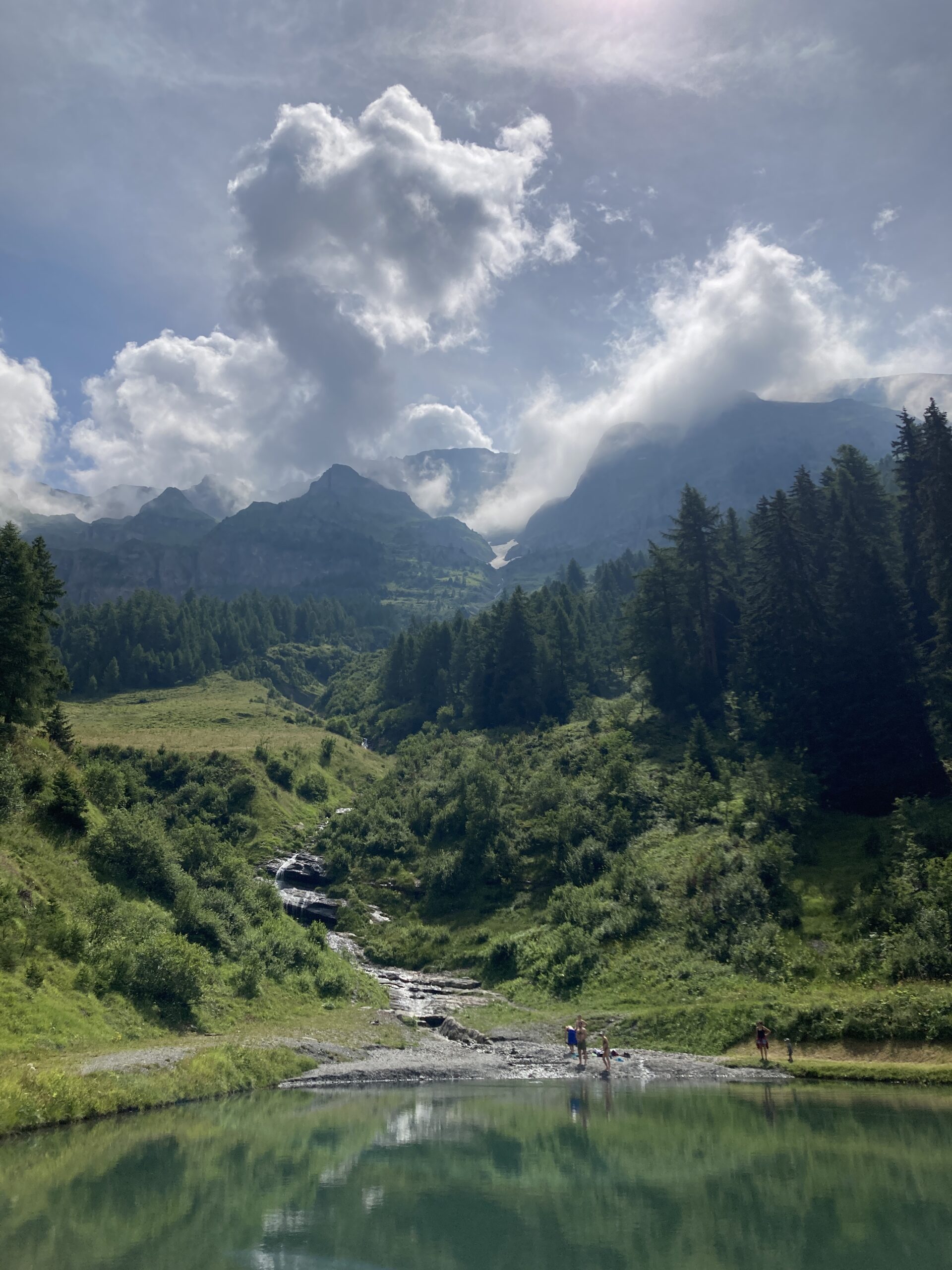
The Sound of Heavy Rain
Reading Time: 2 minutesYesterday I walked with a light rain coat because it rained a few times during the day. This morning it has been raining heavily for hours. I stepped outside to get 4 season tyres from the post box for the bike and my back was quite wet after a few minutes. Such…
-
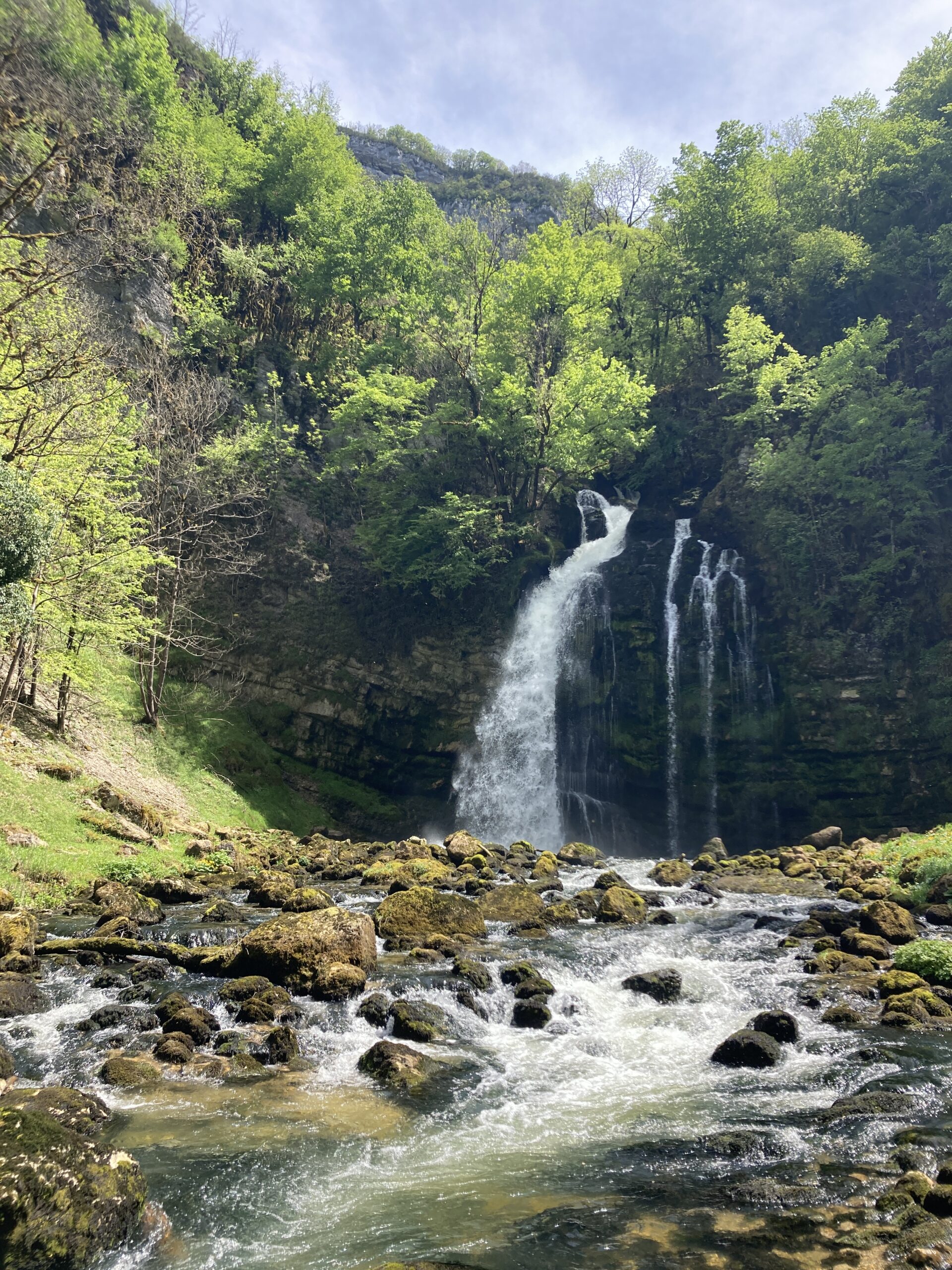
The Cascades Du Flumen
Reading Time: 2 minutesThe Cascade Du Flumen are in the Jura, on the French side. They can be accessed either with a 1.6km walk from a large parking nearby that requires going over a few pot holes or down a steep path with loose scree. What makes the waterfalls so spectacular is that they are…
-
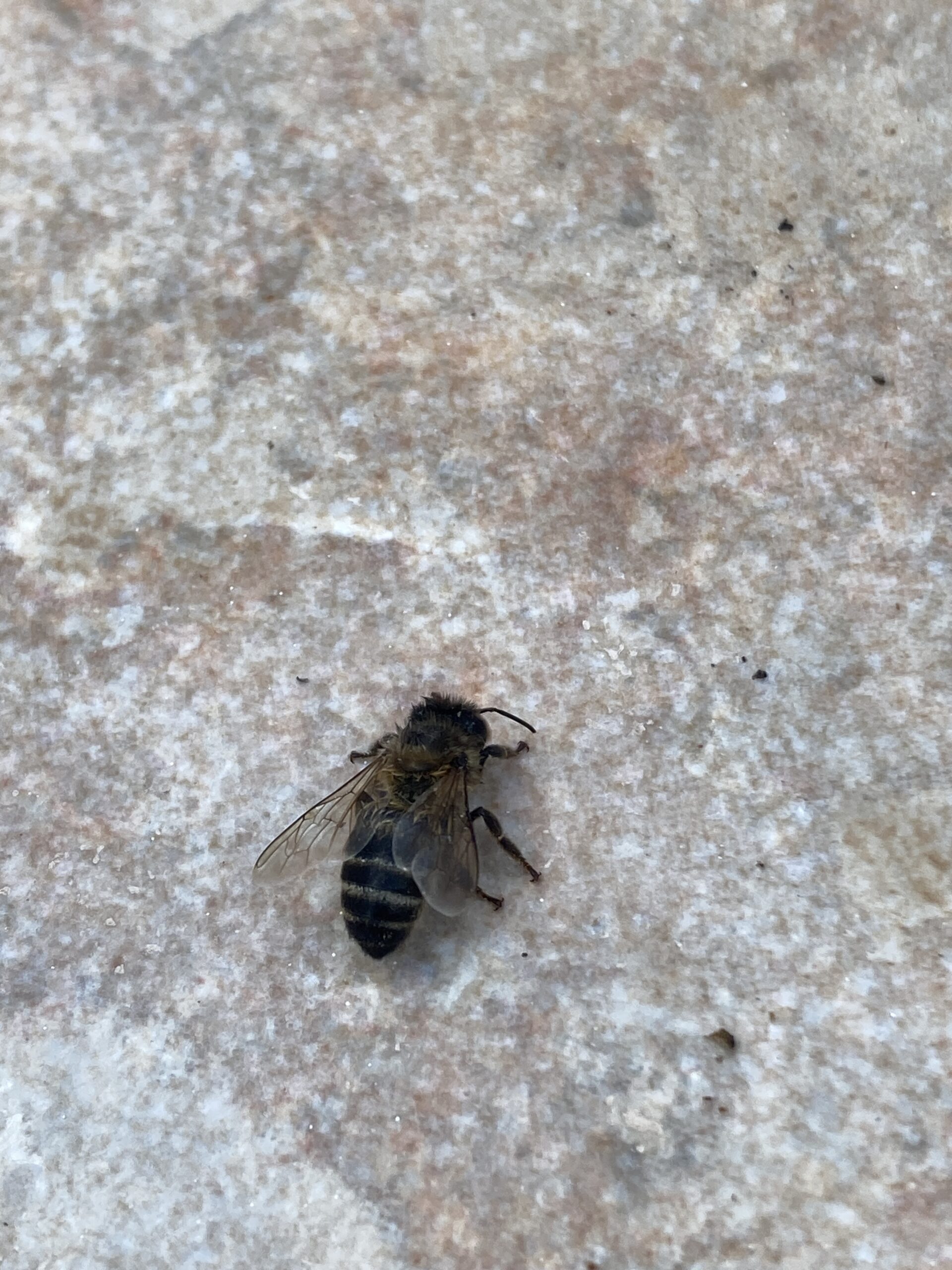
Melissa The Frustrated Bee
Reading Time: < 1 minuteImagine, you’re a bee. You stop off at the local watering drinking hole but you fall in. All the pollen that you collected in the morning is now lost. It is now in the swimming pool where you had stopped for a quiet sip. Life would have been over, if not…
-
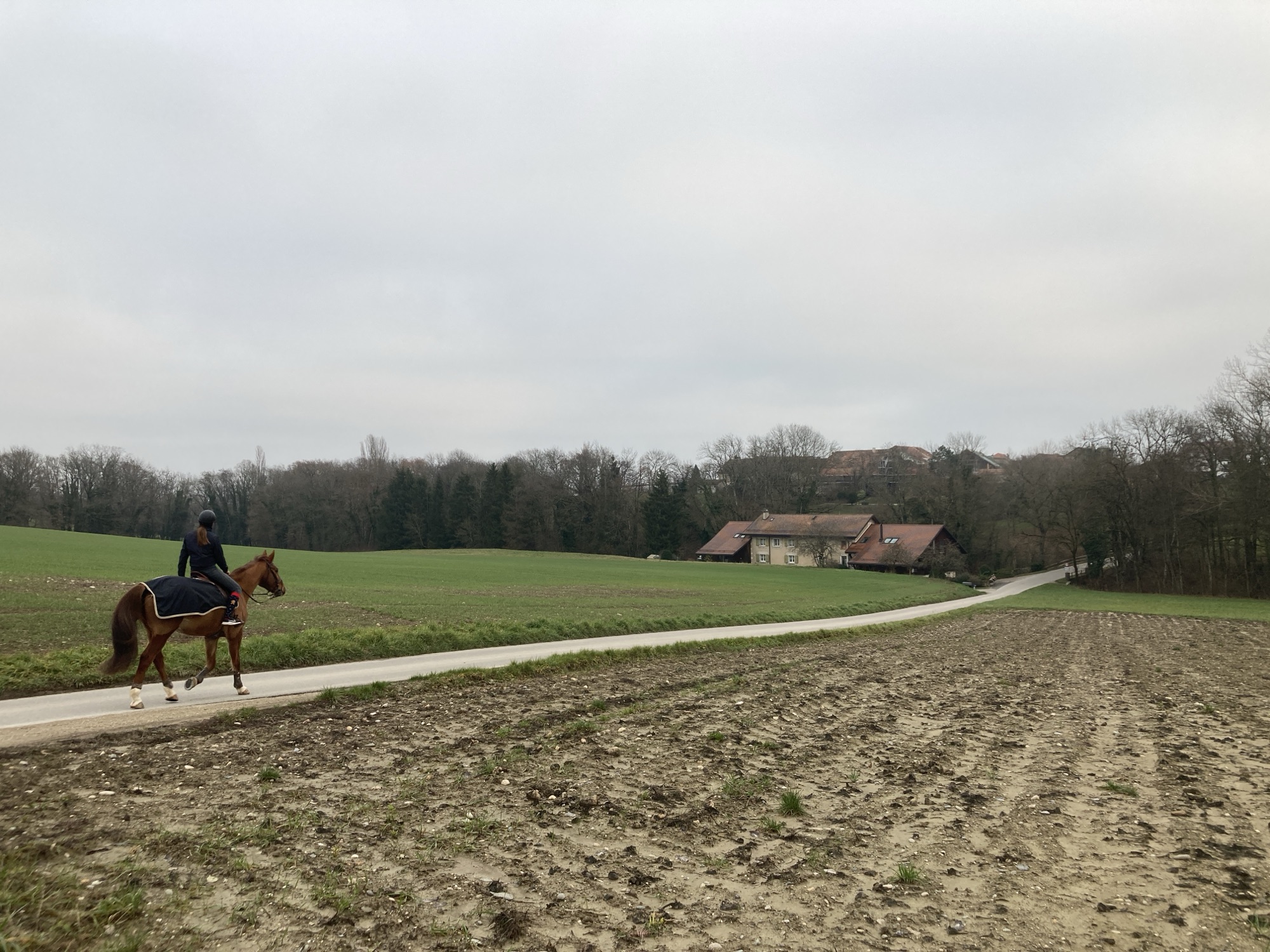
Exploration on Foot
Reading Time: 2 minutesWalking is an easy activity. You put your shoes on, and you go for a walk. Sometimes you walk from home. Other times you walk from a car park. Sometimes you walk along rivers that are full, and others you walk along streams that are almost dry. A few years ago I…
-

Experimenting with CWT Vulcan
Reading Time: 2 minutesRecently a CWT Vulcan system was installed on a pipe in the building where I live and the calcar that I had watched being deposited in a kettle stopped depositing, and even started to disintegrate. Within a week, or less the calcar almost vanished. To over-simplify it, you wrap a coil around…
-
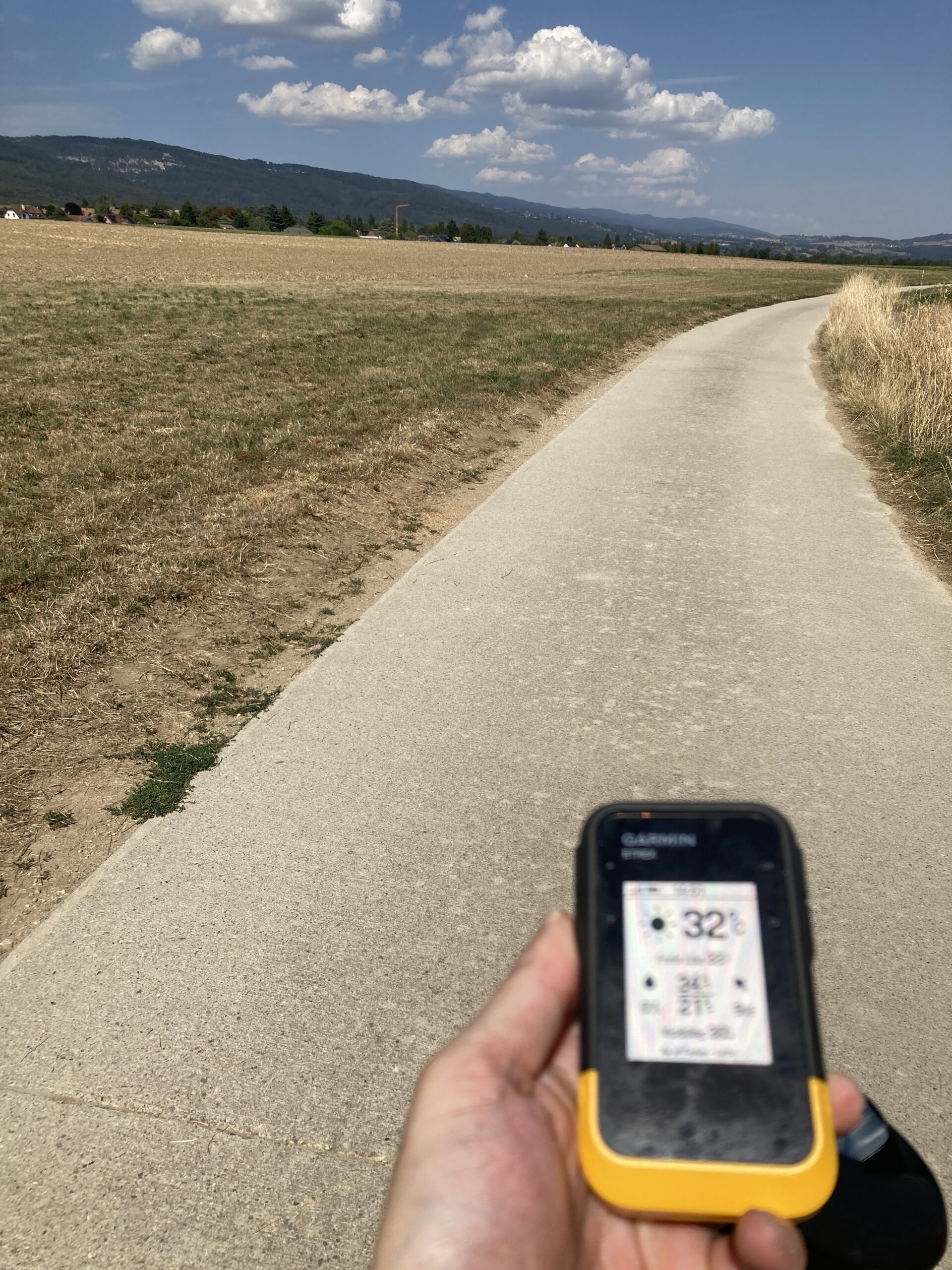
Walking Heatwave Strategy
Reading Time: 2 minutesTwo days in a row I have poured water on my head. The reason for this is that yesterday we were in 35°c heat and today we were in 33°c heat. When you’re walking for two or three hours at the solar Maximum the best cooling strategy is to pour water on…
-
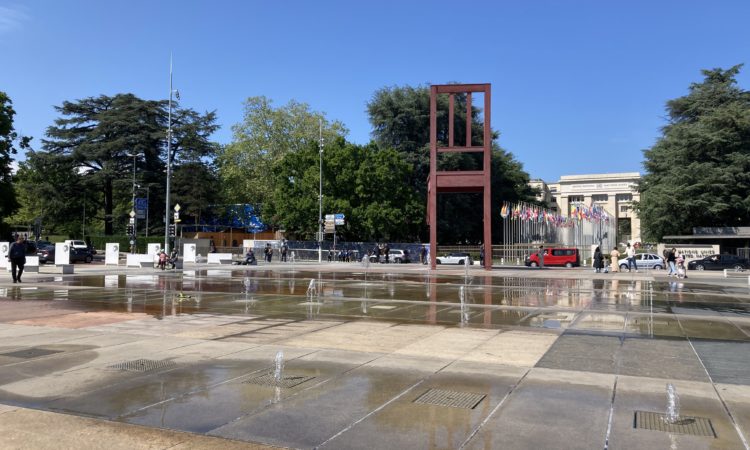
Swimming Pools Per Capita Map
Reading Time: 3 minutesToday I learned that Switzerland has a map that shows which communes have the most swimming pools per capita. Nyon has 50 swimming pools. That’s 2,3 per thousand people. Blonay St Legier has 336. Collonge- Bellerive has 491, as you’d expect. Switzerland has, on average, one swimming pool per 155 people. They…
-
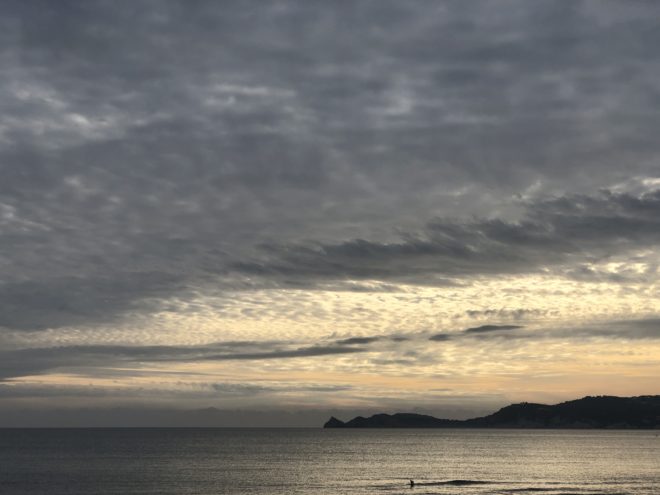
A Mediterranean Morning
Reading Time: < 1 minuteWe are not all in snowy landscapes. Some of us are by the Mediterranean Sea. some of us are not parents of children so we can skip the holiday. Maybe next year I will have a reason to value it, but not for now.
-
JSON, Custom HTML and a Rainy Walk
Reading Time: 2 minutesJSON Today I spent some time expanding my knowledge of JSON because understanding how JSON works, and how it works, opens doors. Every social network allows you to download your file as a JSON file. If you learn how to use JSON you can then re-use your data on a site of…
-
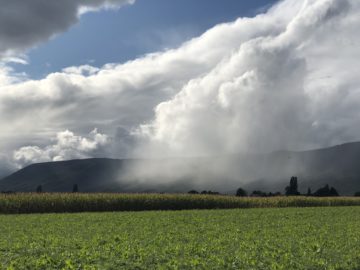
The Sigg Original and The Shield One – Thoughts
Reading Time: 2 minutesA single coke will cost 4.50 in a bar. Water could even cost four francs per glass. When you go to the shops do you buy a few litres of Rivella or coke. Do you buy wine, vodka or other alcohols? If you do then you can easily spend thirty or more…